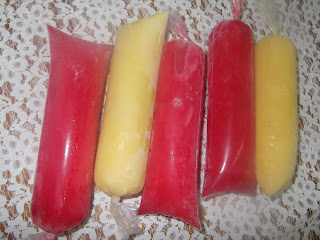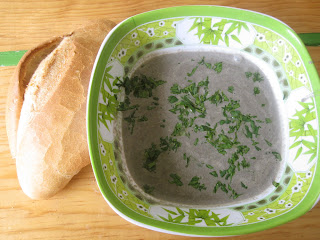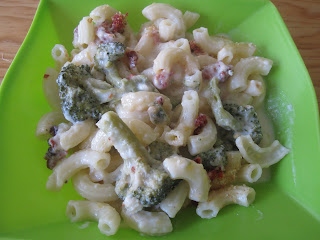
So, a couple of weeks ago, we kicked off the BBQ season with Memorial Day and pico de gallo. Now, with the official start of summer coming up, only one food can push burgers and steaks from my mind - ice cream!! Unfortunately, Mexico doesn't really do ice cream well (and a pint of Haagen Dazs costs like $8!), but Mexico does offer a variety of other frozen treats - raspaditas, carlotas and my personal favorite, paletas.
Now paleta is just Spanish for "popsicle", but it's definitely not the same - mostly because it comes in a bag instead of on a stick. (And yes, that does make a difference; it's much better this way because as it melts, it goes back into the back and you drink it at the end. Also, less mess.) Paletas can be water- or milk-based and in any flavor you can imagine. Some of the most popular ones here are chocolate, vanilla, cacahuate (peanut), strawberry, mango and coconut. The two most Mexican choices of the popular paletas are grosella (which is artificial strawberry - think fruit roll-up style) and my fave flavor rompope (Mexico's popular year-round eggnog).
Rompope
1 liter (1 qt) whole milk
1 cup sugar
2 tsp. vanilla extract
1 cinnamon stick
1 liter (1 qt) rompope, or eggnog
1 - Put milk, sugar, vanilla and cinnamon stick in a large pot over a low flame. Stir well until sugar dissolves.
2 - Add the rompope. Cook for 5 minutes, then remove the cinnamon stick.
3 - Continue to cook the mixture on low heat until it thickens slightly, about 20 to 30 minutes, stirring occasionally.
4 - Allow to cool slightly. Stir the mixture well and pour into whatever popsicle molds you have. (It's OK if you don't have bags. I guess.)
5 - Put into the freezer and freeze overnight, or until frozen. (Well said, right?)
6 - Enjoy the next day, best tasting during an unbearable mid-day heat.
Grosella
2 liters (1/2 gallon) water
1 cup sugar
2 Tbsp. grosella
1 - Put water and sugar in a large pot over low heat. Stir well until sugar dissolves.
2 - Take off the heat, and add the grosella.
3 - Stir well, and allow to cool some.
4 - Follow the same freezing and enjoying steps from the rompope recipe.







